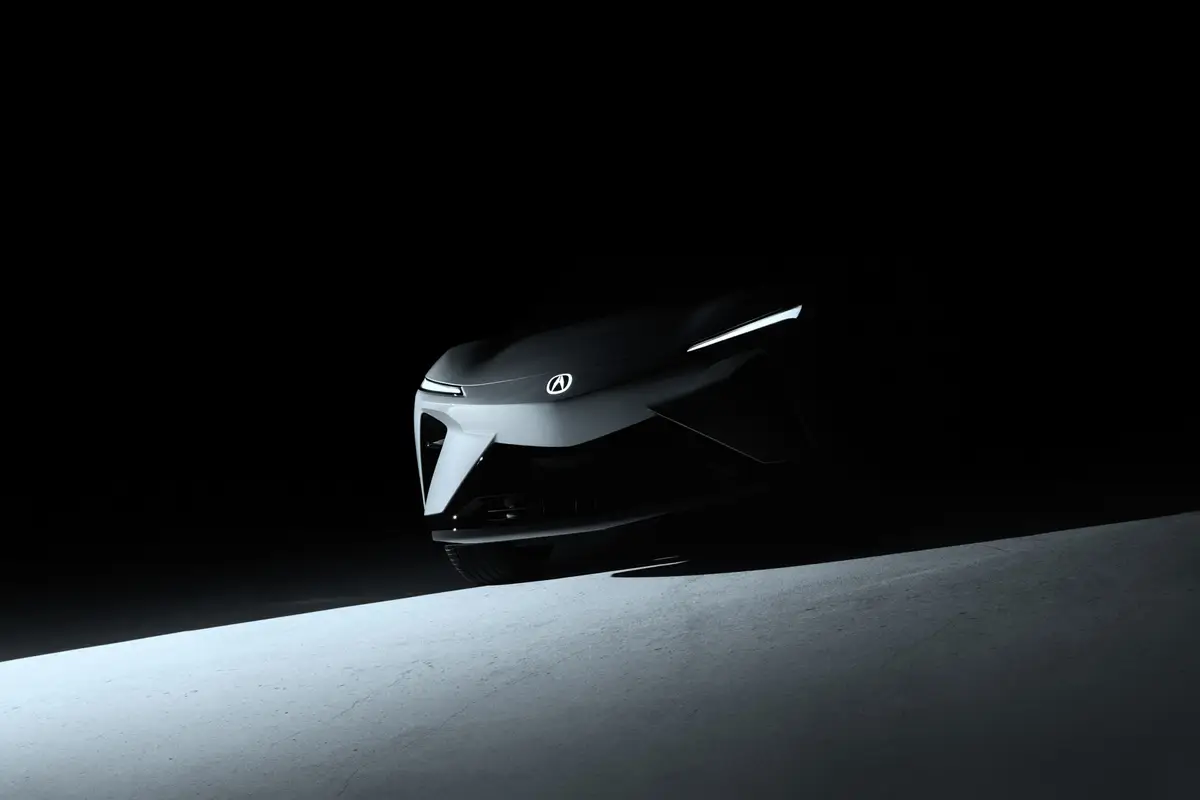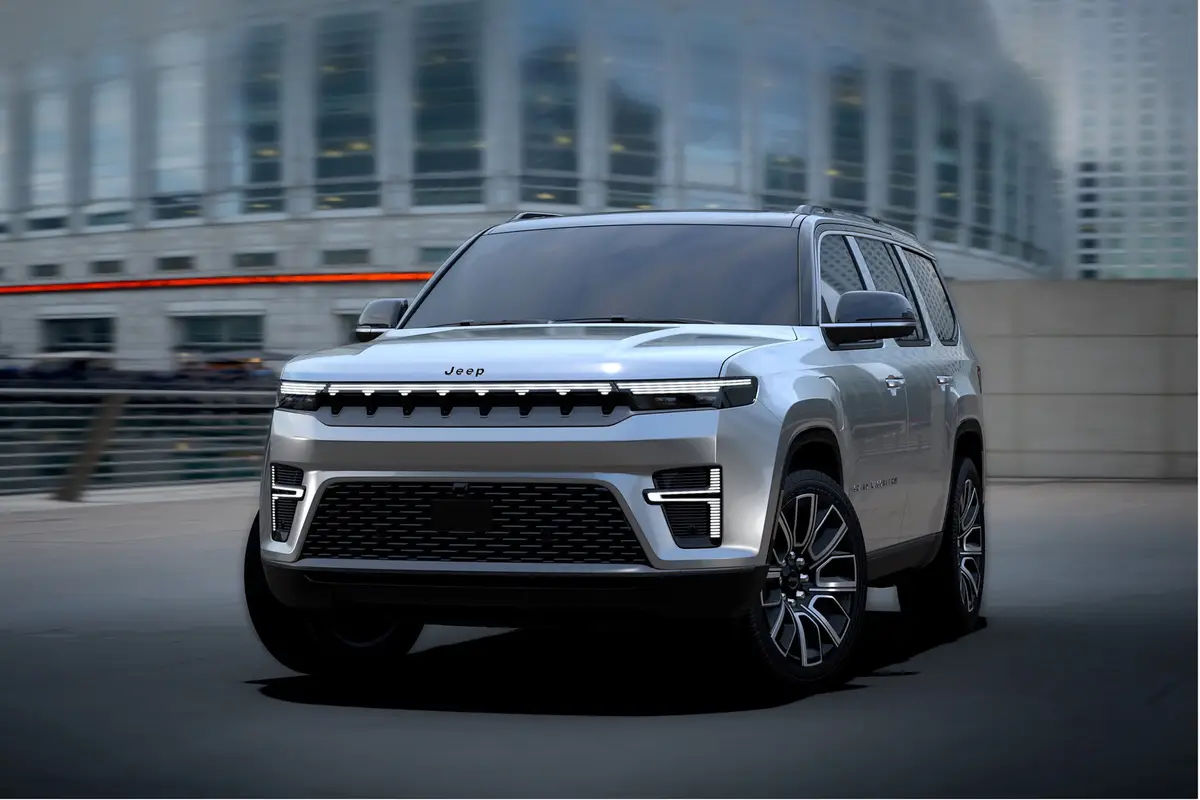Star-Telegram.com's view
Mitsubishi is back in the pickup business.
The 2006 Raider has arrived, and for anyone looking for a midsize pickup, it’s certainly worthy of consideration.
But don’t expect to find a Japanese truck if you go looking for the all-new Raider at your nearest Mitsubishi dealership.
This one doesn’t come from Japan, or even from a Mitsubishi factory in North America. It’s a slightly redesigned version of the Dodge Dakota, built by Chrysler at its truck plant in Warren, Mich., for Mitsubishi in the same way that Mitsubishi has been building vehicles for Chrysler over the past 35 years.
The Raider went on sale this past fall, representing the first pickup in the Mitsubishi lineup in several years, since the company discontinued its compact truck line built in Japan.
Consumers probably would embrace a true Japanese light pickup from Mitsubishi faster than they would a re-badged Dodge product.
But it’s much cheaper for Mitsubishi to take a vehicle whose development costs have already been paid by another manufacturer than to try to develop a new truck on its own, and then sell it at a profit — especially if it’s built outside North America and carries the 25 percent U.S. tariff on import trucks.
Mazda has a similar arrangement with Ford Motor Co. Ford makes a version of its Ranger compact pickup for Mazda, whose U.S. dealers sell it as the B-series. Likewise, General Motors builds the I-series midsize pickups for Isuzu.
Mitsubishi has a U.S. plant, in Normal, Ill., but it doesn’t have enough capacity to build pickups. It makes cars, including the 2006 Mitsubishi Eclipse that went on sale last summer.
Dealers wanted a pickup to sell, however, so Mitsubishi turned to the very capable Dakota, which was completely redesigned two years ago.
It’s not one of those cute little Japanese trucks that some American consumers embraced so wholeheartedly in the past, back when even Dodge dealers were selling re-badged Mitsubishi compact pickups.
But the Raider is a very good truck in its own right, with some unique touches that help differentiate it from its Dodge brothers.
It’s a beefy pickup that is far from the formula that Japanese automakers used for their earlier trucks, but that’s to be expected. Toyota and Nissan have recently introduced new generations of their Tacoma and Frontier pickup lines, respectively, that are bigger and bolder than ever.
The Tacoma, for example, is now as big as or bigger than some models of Toyota’s full-size Tundra. (That will change early next year, however, when Toyota rolls out the next-generation Tundra, which is larger than the current model. It will be built at the new San Antonio plant.)
Some consumers will choose the Raider because they think it’s a Japanese vehicle, and they wouldn’t consider buying an American brand pickup. But most customers will be former Mitsubishi owners who just want that name on their trucks, no matter where it comes from.
The Raider is all Dodge. Mitsubishi supplies virtually nothing for the vehicle. With a base price of $19,825 including freight — close to the $20,019 starting price of a similarly equipped Dakota — Mitsubishi offers the entry level Raider LS extended-cab model with two-wheel drive, five-speed manual transmission, and 3.7-liter V-6 engine. This is the same engine used in base models of the Dakota, Dodge Durango SUV, and Jeep Liberty and Grand Cherokee SUVs. In the Raider, it’s rated at 210 horsepower and 235 foot-pounds of torque.
Two other trim levels are offered — the midlevel DuroCross and the uplevel XLS, which we tested (base price $33,920 plus freight, for our four-wheel-drive, crew-cab tester). The DuroCross two-wheel drive, extended cab model with automatic transmission and a 4.7-liter V-8 engine is priced $26,085 (before options), while the two-wheel-drive XLS crew-cab four-door with 4.7-liter V-8 and automatic is $31,320.
Our XLS model came very well-equipped, with lots of amenities usually reserved for premium vehicles — including leather seats, and a 276-watt premium audio system with six-disc CD changer, six Alpine speakers, and Sirius satellite radio (with six months’ free service; $13 a month after that). The in-dash CD changer also can play MP3 discs.
Other standard features included 17-inch chrome wheels, leather-wrapped steering wheel with cruise and audio controls, power windows/mirrors/door locks with remote, tilt steering column, six-way power driver’s seat, hands-free Bluetooth telephone interface, auto-dimming rearview mirror, side-curtain air bags, security system with engine immobilizer, four-wheel antilock brakes, and power rack-and-pinion steering.
Options are limited. Among them are an audio upgrade package ($1,845) that includes a 508-watt premium system with AM/FM/six-disc CD changer with MP3, nine speakers, and Sirius satellite radio.
The only option on our truck was a “bed gear” package ($689), which added a bed-liner and tailgate cover, bed-rail protectors, bed extender and wheel and spare-tire locks. That brought the total sticker of our vehicle to $35,254, including freight.
All three trim levels are offered in extended- and crew-cab versions, with the crew cab (called the Double Cab) the roomiest, with four regular doors. All also are available with four-wheel drive and a choice of manual or automatic transmissions.
The back seat in our crew-cab model was quite roomy. The Raider, like the Dakota, is bigger than other manufacturers’ compact/midsize pickups, and even larger than some full-size trucks.
While these trucks are completely Dodges underneath, Mitsubishi was able to tweak the exterior styling a bit to give them some styling cues from other Mitsubishi products, the company said.
Of the midsize brands on the market, the Raider and the Dakota are the only ones to offer a V-8 engine. This 4.7-liter DaimlerChrysler engine gives the Raider 230 horsepower and 290 foot-pounds of torque, which allows for a towing capacity of 6,500 pounds.
Its 40-cubic-foot cargo bed can hold up to 1,700 pounds, giving the Raider and Dakota the largest payload among midsize pickups.
Ford/Mazda midsize models have no engines larger than six-cylinders, as do the Nissan Frontier and Toyota Tacoma. The GMC/Chevy/Isuzu models have a five-cylinder as their largest engine.
The Raider has a very roomy interior, and Mitsubishi claims class-leading rear leg room. We found the back seat in our crew-cab model to be wide enough for three adults, but much more comfortable for just two.
The front bucket seats were quite comfortable, even on an extended highway drive. And there are three very good cup holders in the front, including two with a ratcheting feature that accommodates different sizes of containers, including some of the largest ones that convenience stores offer.
The four-wheel-drive system is full-time, and offers three modes, controlled by a rotating switch in the center of the dash. For everyday driving, there is the all-wheel-drive mode; for off-road or bad weather, you can switch to locked four-wheel drive, and for serious trail-driving, there is four-wheel-drive low range.
An overhead digital compass readout helps you find your way, on or off road. The DuroCross trim is similar in concept to the Tacoma Pre-Runner. It has a more-rugged appearance like the Pre-Runner, and includes a skid-plate bumper, fog lights, black fender flares, side steps, bedliner, 17-inch wheels with off-road tires, and sliding rear window.
EPA fuel-economy ratings for our XLS four-wheel drive were 15 miles per gallon in the city and 20 mpg on the highway. The tank holds 22 gallons of gasoline, and unleaded regular is acceptable.
The Raider comes with Mitsubishi’s five-year, 60,000-mile bumper-to-bumper warranty with free roadside assistance throughout the warranty period.
G. Chambers Williams III is staff automotive columnist for the San Antonio Express-News and former transportation writer for the Star-Telegram. His automotive columns have appeared regularly in the Star-Telegram since 1995. Contact him at (210) 250-3236; chambers@star-telegram.com.
– – –
At a Glance – 2006 Mitsubishi Raider
The package: Midsize two- or four-door, two- or five-passenger, V-6 or V-8 powered, rear- or four-wheel-drive pickup.
Highlights: New for 2006, this is a Mitsubishi-branded pickup that actually is a version of the Dodge Dakota, built by Chrysler Group for Mitsubishi. It comes in a variety of configurations, and has some unique styling to differentiate it from the Dakota. Negatives: Can get pricey for a midsize truck.
Engines: 3.7-liter V-6; 4.7-liter V-8.
Transmission: Six-speed manual; four-speed automatic.
Power/torque: 210 HP/230 foot-pounds (V-6); 235 HP/290 foot-pounds
Length: 219.9 inches
Curb weight: 3,241-4,850 pounds
Brakes, front/rear: Disc/drum, antilock
Trailer-towing capacity: 6,500 pounds (V-8 with towing package)
Payload: 1,180-1,590 pounds
Fuel capacity/type: 22.0 gallons/unleaded regular
EPA fuel economy: 15-16 miles per gallon city; 19-22, highway.
Major competitors: Ford Ranger, Chevrolet Colorado, GMC Canyon, Dodge Dakota, Toyota Tacoma, Nissan Frontier, Mazda B-series, Isuzu I-series.
Base price range: $19,180-$33,920, plus $645 freight.
Price as tested: $35,254, including freight (XLS Double Cab four-wheel-drive model with V-8 engine and extras).
On the Road rating: **** (four stars out of five).
Prices shown are manufacturer’s suggested retail; actual selling price may vary.
Latest news



